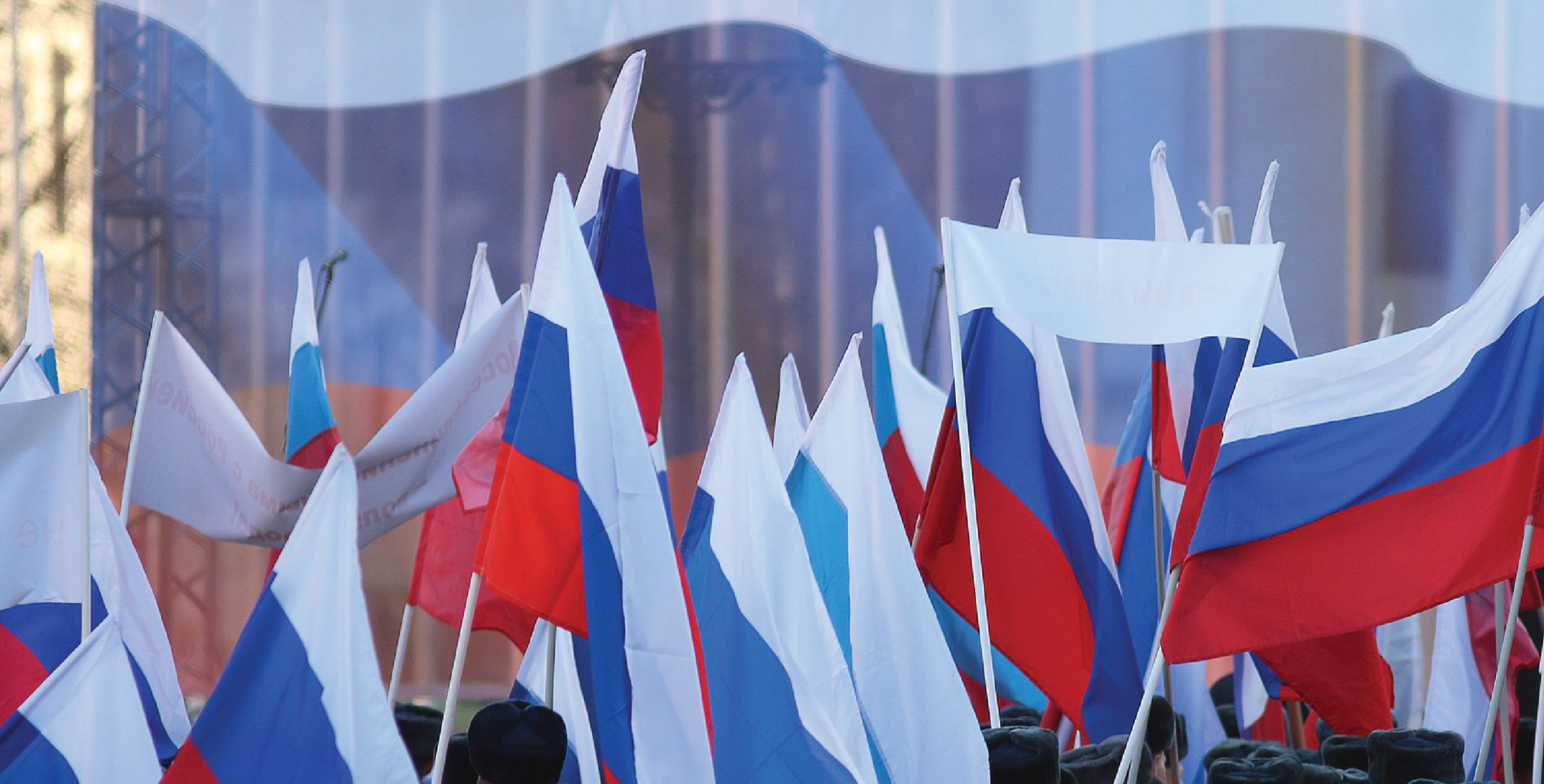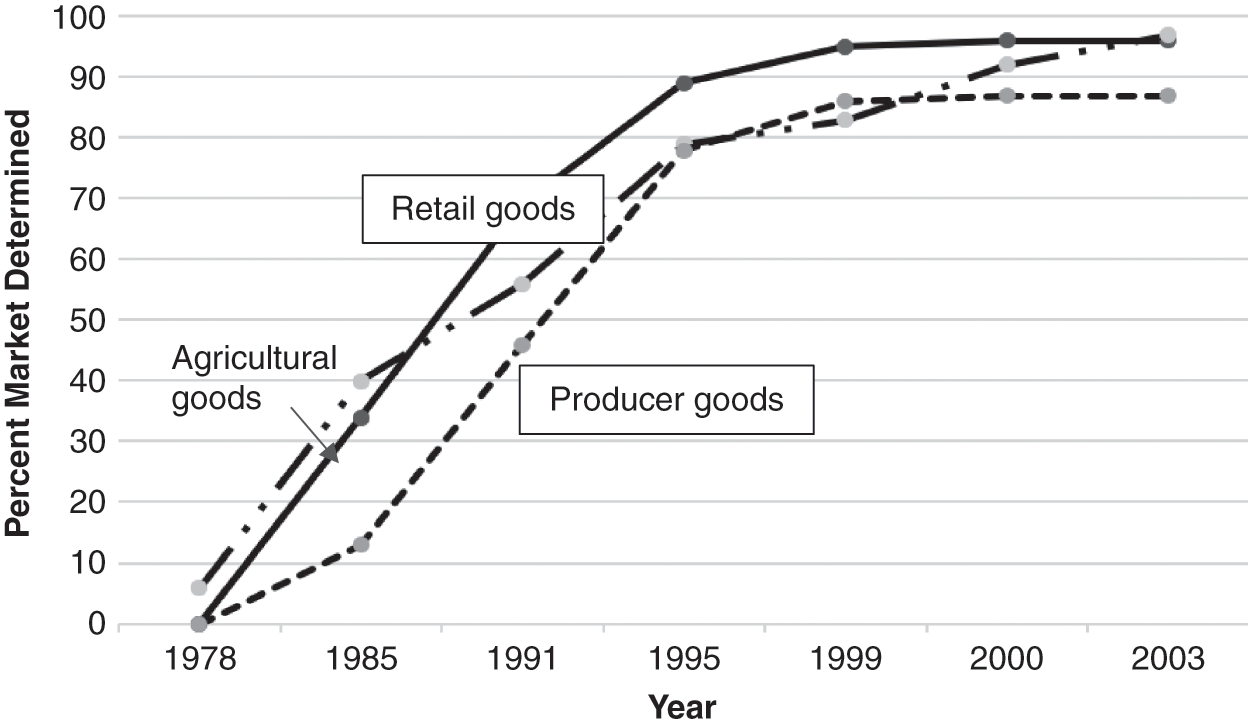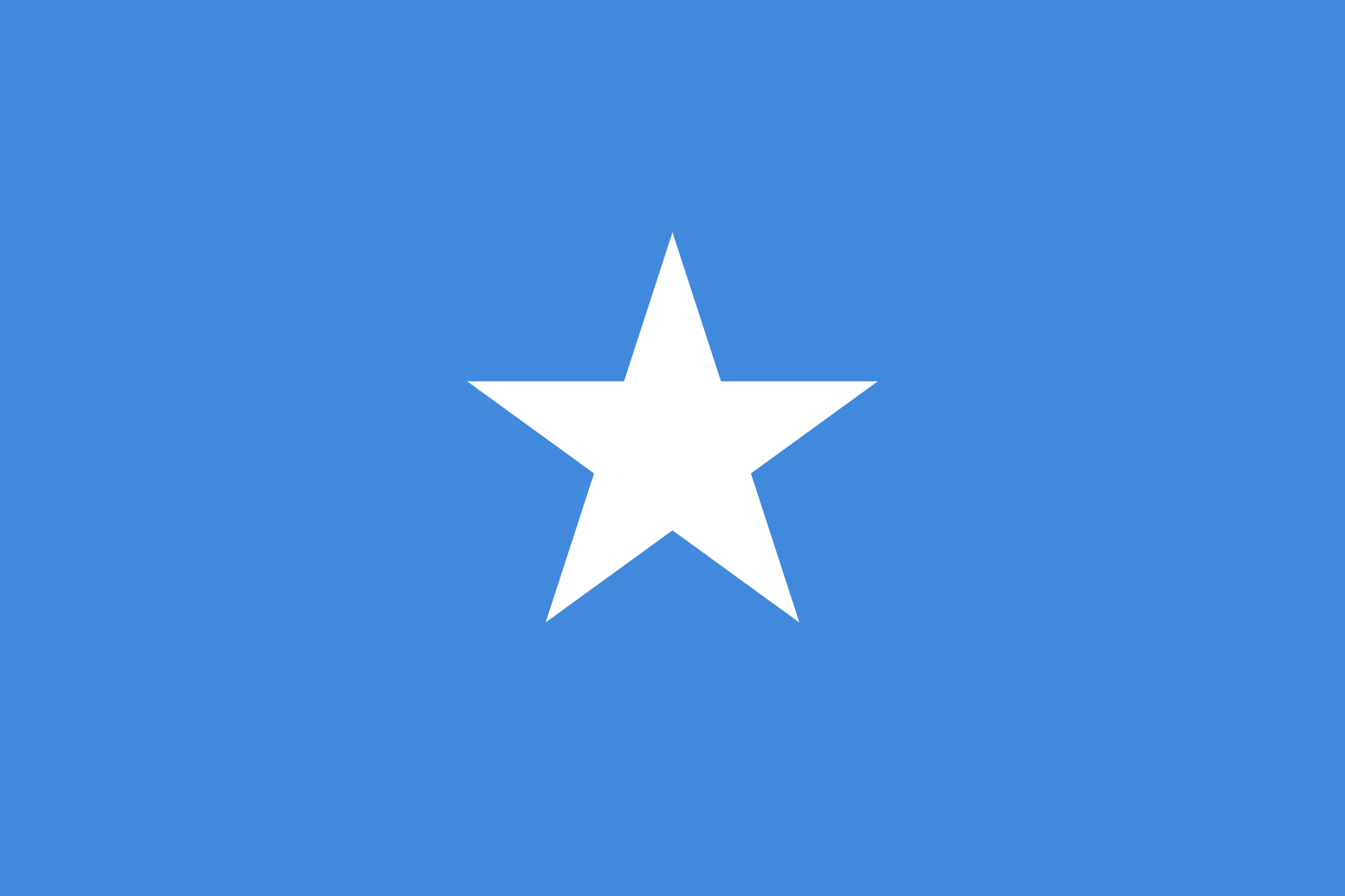

Some of the best-known civilizations of the late prehistoric Europe were the Minoan and the Mycenaean, which flourished during the Bronze Age until they collapsed in a short period of time around 1200 BC. 6.6 Growth of European armies 1871 to 1904ĭuring the Neolithic era (starting at c. 7000 BC.) and the time of the Indo-European migrations (starting at c. 4000 BC.) Europe saw massive migrations from east and southeast which also brought agriculture, new technologies, and the Indo-European languages, primarily through the areas of the Balkan peninsula and the Black sea region.6 From revolution to imperialism (1789–1914).5.4 Mercantilism and colonial expansion.4.4.1 Homicide rates plunge over 800 years.3.4 Late Antiquity and Migration Period.The 21st century saw the European debt crisis and the withdrawal of the United Kingdom from the Union. The post-war period also featured the gradual development of the European integration process, which led to the creation of the European Union this extended to Eastern European countries after the Fall of the Berlin Wall. After World War II, during the Cold War, most of Europe became divided by the Iron Curtain in two military blocs: NATO and the Warsaw Pact The post-war period saw decolonization as Western European colonial empires were dismantled. Lingering political issues would lead to World War II, during which Nazi Germany perpetrated the Holocaust. In the 20th century, World War I led to a remaking of the map of Europe as the large Empires were broken up into nation-states. The Age of Revolutions saw long-established political systems upset and turned over. After 1800, the Industrial Revolution brought capital accumulation and rapid urbanization to Western Europe, while several countries transitioned away from absolutist rule to parliamentary regimes. The Age of Exploration led to colonization, and the exploitation of the people and resources of colonies brought resources and wealth to Europe. The Protestant Reformation saw the fragmentation of religious thought, leading to religious wars. Technological changes such as gunpowder and the printing press changed how warfare was conducted and how knowledge was preserved and disseminated.

At the end of the Middle Ages, there was a transitional period, known as the Renaissance.Įarly Modern Europe is usually dated to the end of the 15th century. The Late Middle Ages were marked by large population declines, as Europe was threatened by the Bubonic Plague, as well as invasions by the Mongol peoples from the Eurasian Steppe. Attempts to retake the Levant from the muslim states that occupied it made the High Middle Ages the age of The Crusades, while the political system of feudalism came to its height. The Viking Age saw a second great migration of Norse peoples. The first great empire of the Middle Ages was the Frankish Empire of Charlemagne, while the Islamic conquest of Iberia established Al-Andalus. At the same time, the Early Slavs began to become established as a distinct group in the northeastern parts of Europe. While the Eastern Roman Empire would persist for another 1000 years, the former lands of the Western Empire would be fragmented into a number of different states. The Fall of the Western Roman Empire in AD 476 traditionally marks the start of the Middle Ages. As these migratory people settled down and formed state societies of their own, this marked the transition period out of the classical era. The Migration Period of the Germanic people began in the late 4th century AD and made gradual incursions into various parts of the Roman Empire. Later, the Roman Empire came to dominate the entire Mediterranean basin. Some of the earliest examples of literature, history, and philosophy come from the writings of the ancient Greeks, such as Homer, Herodotus, and Plato. The period known as classical antiquity began with the emergence of the city-states of ancient Greece. The later Neolithic period saw the introduction of early metallurgy and the use of copper-based tools and weapons, and the building of megalithic structures, as exemplified by Stonehenge.

Settled agriculture marked the Neolithic Era, which spread slowly across Europe from southeast to the north and west. During the Indo-European migrations, Europe saw migrations from the east and southeast. People from this period left behind numerous artifacts, including works of art, burial sites, and tools, allowing some reconstruction of their society. The first early European modern humans appear in the fossil record about 48,000 years ago, during the Paleolithic Era. The history of Europe is traditionally divided into four time periods: prehistoric Europe (prior to about 800 BC), classical antiquity (800 BC to AD 500), the Middle Ages (AD 500 to AD 1500), and the modern era (since AD 1500). Europe depicted by Antwerp cartographer Abraham Ortelius in 1595


 0 kommentar(er)
0 kommentar(er)
